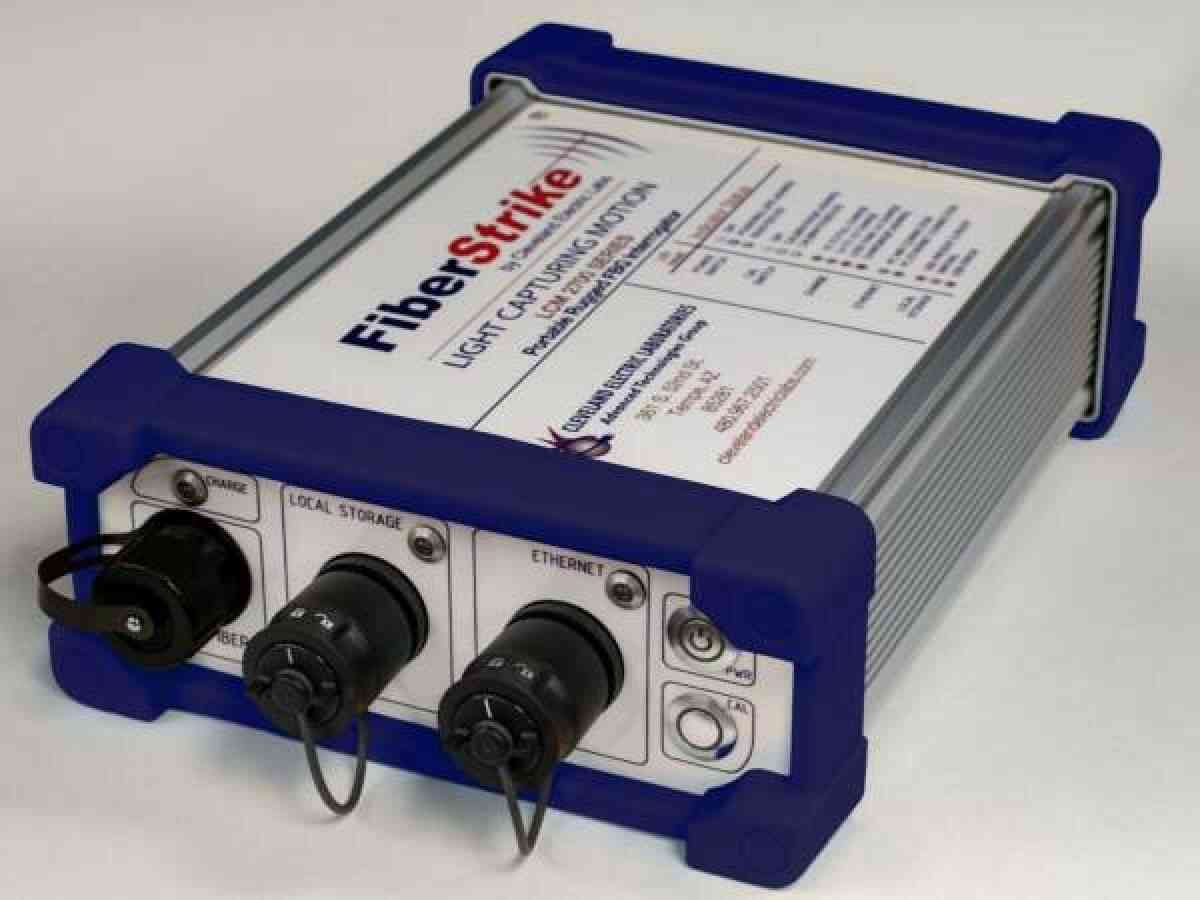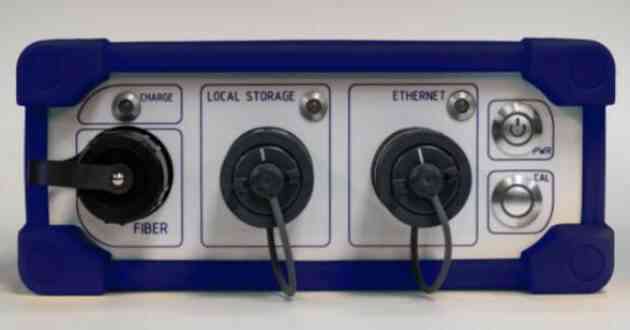Understanding the Features of Leading FGB Interrogator Equipment
- - Category: Electronics
- - 27 Sep, 2022
- - Views: 455
- Save

FBG Interrogator, it uses the measured speed of the light of the wavelengths to discern which wavelength belongs to whic
What Is Fiber Optic Sensing?
A fiber-optic sensor is a sensor that discriminates between certain properties of light that are detected on the sensor element to monitor the condition of structures, pipelines, turbines, rotors, vehicle traffic, and data centers. They require no electrical power, making fiber optic sensors an excellent choice for remote environments or for harsh outdoor locations where electrical power could be interrupted. They are also immune to electrical interference, making them particularly useful in high voltage applications.
What is a Fiber Bragg Grating Interrogator?
Where the fiber-optic sensor collects the data via fiber-optic cable, a Fiber Bragg Grating Interrogator (FBG Interrogator) can accommodate several sensors, collate the data, and monitor changes in:
- Pressure
- Tilt
- Cracks
- Position
- Tension
- Bolt elongation
- Displacement
- Linear and rotary movement
- Acceleration and vibration
- Seismic activity
- Temperature, and
- Strain
How Does a Fiber Bragg Grating Interrogator Work?
An FBG Interrogator focuses a beam of UV light onto etchings on an optical fiber, and the resultant reflections are measured with a photodetector. The wavelengths of the reflection are then compared to a reference, and the position of the wavelength and its artifacts can then be translated into data. When multiple sensors are connected to the FBG Interrogator, it uses the measured speed of the light of the wavelengths to discern which wavelength belongs to which sensor. This is called multiplexing.
What Are The Properties of a Fiber Bragg Grating Interrogator?
FBG Interrogators are typically rugged and lightweight, and they are able to withstand harsh outdoor environments. This makes them an excellent choice for structural monitoring of infrastructure and physical security.
As with most monitoring systems on the market today, FGB Interrogators have a wide variety of features. Class-leading technology, however, will typically include the following seven features:
- Flexibility
The FBG Interrogator will have the ability to monitor multiple parameters through a single optical connector.
- Connections
Leading equipment will include connections for up to eight data channels, with eight optical sensors per channel.
- Intuitive dashboard
Data collected through USB storage with an intuitive and customizable GUI, often tailored to the equipment or structure being monitored.
- Long battery life
With intelligent switching between awake/asleep modes, modern FBG Interrogators can extend battery life by weeks.
- Connectivity
Can be uses via local USB/Ethernet or via Wi-Fi.
- Reliability
Impact resistant casing, with lightweight and waterproof carrying case that includes a storage compartment for ancillary equipment.
- Protection
IP67 rating for waterproof/dustproof protection and temporary immersion in liquids.
Applications
Due to their precision and durability, FBGs are an excellent choice in tough, demanding environments. They are particularly prevalent in physical security, where they monitor arrays of cameras and perimeter monitors, and structural applications where they measure stresses on infrastructure such as bridges and aqueducts. The oil and gas industry has begun using optical sensor technology for monitoring pipeline breaches, and there is growing use in the reliability world where turbines and rotors are measured for preventive maintenance programs. The aeronautics industry uses optical monitoring and FGB Interrogators because of the precision needed in a light package.

